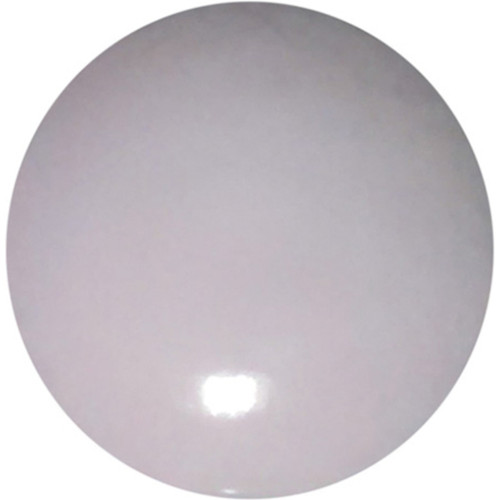

- Pavement reflectors how to#
- Pavement reflectors install#
- Pavement reflectors manual#
- Pavement reflectors series#
The Markers have been designed to provide highly effective, long-term nighttime visibility in non-snow plow regions.
Pavement reflectors series#
Finger grips make handling easy and installation simple.ģM™ Raised Pavement Marker Series 290 (“Markers”) are designed for application on asphalt and Portland cement concrete road surfaces.

Pavement reflectors install#
Install them on concrete or asphalt with the supplied pressure-sensitive adhesive pad. Should only be installed on one-way roads or highway ramps with the white side facing towards oncoming traffic the red reflector is meant to serve as a “Do Not Enter” / “Wrong Way” indicator for drivers.These highly-reflective, durable markers feature 3M™ Diamond Grade™ microprismatic optics and a ceramic lens coating to provide resistance to abrasion and cracking. Reflective Red-White: Red on one side, white on the other.2-Way Reflective Red: Indicates do not enter and can be used for a variety of applications from on-ramps to road boundaries.2-Way Reflective Green: Typical use is for marking entrances to gated communities for emergency vehicles.2-Way Reflective Blue: Blue markers are for drawing attention to the presence of a fire hydrant nearby.2-Way Reflective Amber: Reflective for both lanes including oncoming traffic.1-Way Reflective White: More visible option for marking centerlines and lanes.1-Way Reflective Amber: Affordable option for marking traffic lanes.Additionally, red and white reflectors should only be installed on one-way roads or highway ramps with the white side facing towards oncoming traffic the red reflector is meant to serve as a “Do Not Enter” / “Wrong Way” indicator for drivers. For example, blue markers are for drawing attention to the presence of a fire hydrant nearby. In most municipalities, certain colors should only be used to convey specific messages. Please verify any local rules and regulations regarding the use of pavement markers in your area prior to placing your order. For Transline’s selection of pavement marker adhesives, please refer to our product catalog. They are designed for commercial use on existing and new asphalt and concrete road surfaces. Reflective pavement markers can be applied with butyl pads (peel and stick), epoxy, or bitumen (asphalt).
Pavement reflectors how to#
There’s no batteries to replace or panels to charge just install the pieces and you’re good to go! How to Install These reflectors will “catch” and amplify the small amounts of light provided by car and bicycle headlamps, giving them an illuminated appearance. Where our markers really shine, though, is at nighttime, or in areas with little ambient light. Any vehicle that passes over them will feel a small-but unmissable-bump, notifying them that they’re drifting outside of established driving boundaries. Our reflective pavement markers are brightly-colored and easily visible during the daytime. Between their appearance and raised texture, pavement markers will help keep existing lanes organized, temporarily stand-in for painted lines on freshly paved surfaces, and overall just make roads safer and easier to navigate. Use reflectors to mark multi-lane highways, two-lane roads, roadways, construction zone entrances and exits, and even individual spaces in small parking lots. Whatever you want to call them, these little blocks can be the key to a better driving experience! Designed for Roads, Highways & More Comes in a range of colors to suit a variety of traffic and/or parking scenarios.
Pavement reflectors manual#

Available with 1-way reflection or 2-way reflection.


 0 kommentar(er)
0 kommentar(er)
